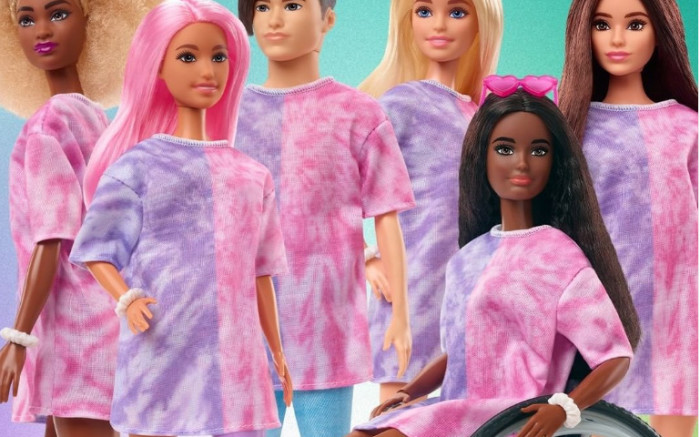SA Deaf Association welcomes Barbie’s disability range
The brand includes a Barbie with a behind-the-ear hearing aid and a Barbie with a prosthetic leg, plus, a Ken doll with vitiligo, a condition where the skin loses pigmentation and appears blotchy.
Barbie’s disability inclusive range. Picture: barbie/Instagram
JOHANNESBURG – Disability is part of human diversity, in fact, an estimated one billion people or around 15% of the world have some form of disability.
Including people with disabilities in everyday activities and encouraging them to have roles similar to their peers who do not have a disability is important and certainly falls under disability inclusion.
Of course, this involves more than simply encouraging people, it requires making sure that adequate policies and practices are in effect in a community or organisation.
Barbie’s Fashion Doll line took it a step further and made dolls that focused on disability representation and diversity inclusion.
Barbie,my queen, hecking legend has now dolls with disabilities/mobility impairment ????❤???? pic.twitter.com/oAdO3q5gZu
— ???? LIVE| mel_plays_games (@mel_plays_games) May 31, 2022
The brand includes a Barbie with a behind-the-ear hearing aid and a Barbie with a prosthetic leg, plus, a Ken doll with vitiligo, a condition where the skin loses pigmentation and appears blotchy.
Eyewitness News caught up with the South African National Deaf Association (SANDA) to talk about what they thought about Barbie’s latest doll with a behind-the-ear hearing aid.
“This is a welcomed positive development that reflects acceptance of diversity and wearing hearing aids as normal as brushing one’s teeth in the morning. It’s indicative of a society that’s adapting and evolving to accommodate our humanity and differences,” said SANDA’s CEO, Jabulane Blose.
This isn’t the first time Barbie’s parent company, Matte l, engaged the disability community with an inclusive product. Back in 2000, a Barbie doll with vitiligo debuted and quickly rose to be one of the top five best-selling fashionistas at the time. In 2020, Mattel introduced a Barbie wheelchair user.
Lisa McKnight, EVP, Global Head of Barbie & Dolls Portfolio at Mattel, also shared on her Linkedin: “Our Barbie Fashionistas line features a range of skin tones, body types and disabilities to reflect the diversity kids see in the world around them. Knowing that kids’ early childhood experiences help shape how they perceive the world, we are dedicated to reflecting a multi-dimensional view of beauty and fashion in our dolls.”
The toymaker said they worked with medical professionals to ensure accurate representation. Dr. Jen Richardson, an audiology expert and hearing loss advocate, was said to be consulted on the inclusive design of the latest doll.
she’s mine ???? #disabledbarbie #representationmatters pic.twitter.com/5f4p2c05cz
— Ola Ojewumi (@Olas_Truth) December 3, 2019
“It matters greatly to children to believe they are no different from other children out there and this naturally helps build their confidence, individuality and personality – notwithstanding their hearing loss. These dolls could represent ‘normality’ to otherwise what is considered a stigma of disability. This gives children a massive boost to be a person with their own identity, self-esteem and independence,” said Blose.
Barbie said the line would also integrate other aspects of inclusion, such as various body types and hair textures.
SANDA said this kind of inclusion was important to children: “Dolls are symbolic, playful and have a cathartic value in children and a doll like this reflects a ‘real world’ circumstances and what it means to be different in a society that highly values to be normal.”
Mattel said in June they would be releasing the first Barbie doll with behind-the-ear hearing aids. The toymaker is also introducing a new doll with a prosthetic leg.
SANDA’s Blose said the dolls could have a positive impact on society and another way to create disability inclusion.
“For society, seeing these dolls could normalise, equalise, and integrate wearing of hearing aids as often as just like wearing eyeglasses and taking chronic medication. Importantly, it could redefine progress towards awareness, sensitivity and diversity of people who wear hearing aids. It could remove the persistent and age-old stigma associated with hearing loss and deafness. As an organisation, SANDA is quite happy with this advancement in thinking, openness, inclusivity and accommodation.”
Mattel said the offerings were part of the Fashionistas collection, which included over 175 looks that vary in skin tone, eye colour, hair colour and texture, body type, disability and fashion.
For all the latest lifestyle News Click Here

